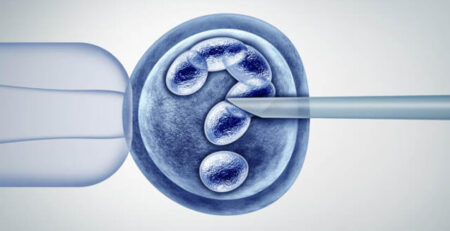Is Vacuum Delivery Safe for Babies?
Parenthood is a journey full of precious moments, a rollercoaster ride that brings endless joy, love, and challenges. Every milestone is etched deep in a parent’s heart, from the first kick to the first smile. However, this exhilarating journey has its fair share of concerns, especially regarding the delivery process.
Expectant parents often find themselves navigating through a sea of questions and uncertainties. Is my baby safe? What are the safest delivery methods available? In such times, seeking guidance from the best gynaecologist in Shalimar Bagh becomes crucial.
When it comes to delivery, vacuum-assisted childbirth is a topic that frequently comes up for discussion. Let’s find out if vacuum delivery is safe for babies.
What is Vacuum Delivery?
Before moving forwards, let’s understand what vacuum delivery is.
Vacuum delivery, also known as vacuum-assisted vaginal delivery (VAVD), is a technique used to assist in delivering a baby during childbirth. It involves using a vacuum device, also called a vacuum extractor or ventouse, to guide the baby’s head through the birth canal.
A cup-shaped device made of soft plastic or metal is attached to the baby’s head during a vacuum delivery. This cup is connected to a vacuum pump or suction device through a tube. When the gynaecologist in Shalimar Bagh applies suction to the cup, it creates a vacuum that gently holds the cup to the baby’s head.
As the mother pushes during contractions, the gynaecologist applies traction to the vacuum device, assisting the baby’s descent through the birth canal. The suction and traction help guide the baby’s head and facilitate the delivery process.
Risks of Vacuum Delivery
When performed by a skilled and best gynaecologist in Delhi under appropriate circumstances, vacuum delivery can be a safe and effective method for assisting childbirth. It is generally reserved for situations where the mother or baby’s health is in danger from prolonged labour, or the mother cannot push effectively.
However, vacuum delivery carries risks and potential complications like any medical procedure. These risks can include:
Scalp Injury: During vacuum-assisted delivery, the cup of the vacuum extractor may cause a cone-shaped swelling called a chignon on the baby’s head, which typically resolves within a few days. Bruising or minor skin injuries on the scalp may also occur, especially during challenging or prolonged deliveries or multiple detachments of the suction cup, but they generally heal without lasting effects.
Subgaleal Hematoma: This is a rare but serious complication where bleeding occurs beneath the scalp. It can be life-threatening for the baby and may require immediate medical attention.
Side effects of vacuum delivery to the mother may include:
- Facial nerve palsy
- Vaginal tears
- Risk of infection
However, Dr Rhythm Gupta, the best gynaecologist, can help minimise these side effects with her expertise and knowledge.
Conclusion!
Finally, the decision to use vacuum delivery is typically made by the attending gynaecologist in Shalimar Bagh based on various factors, including the mother’s and baby’s condition. The procedure should only be performed by experienced practitioners who have been trained in its proper usage and potential complications.












